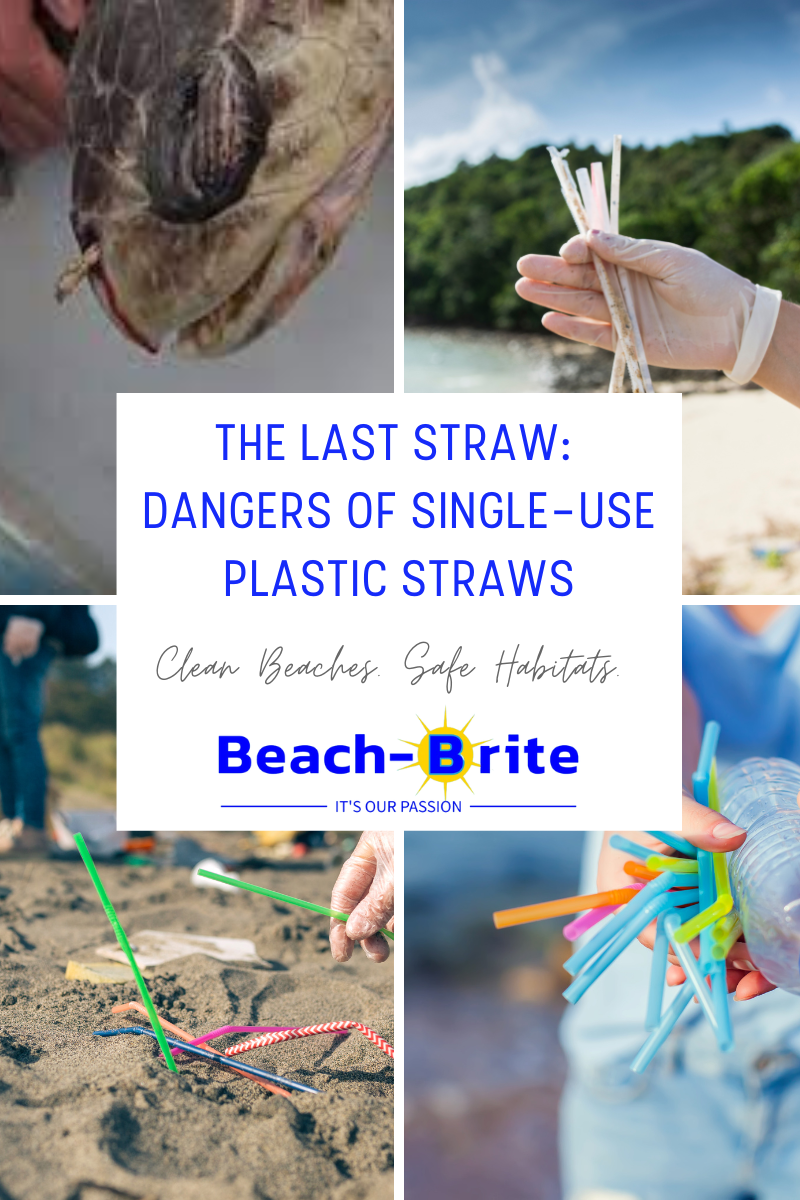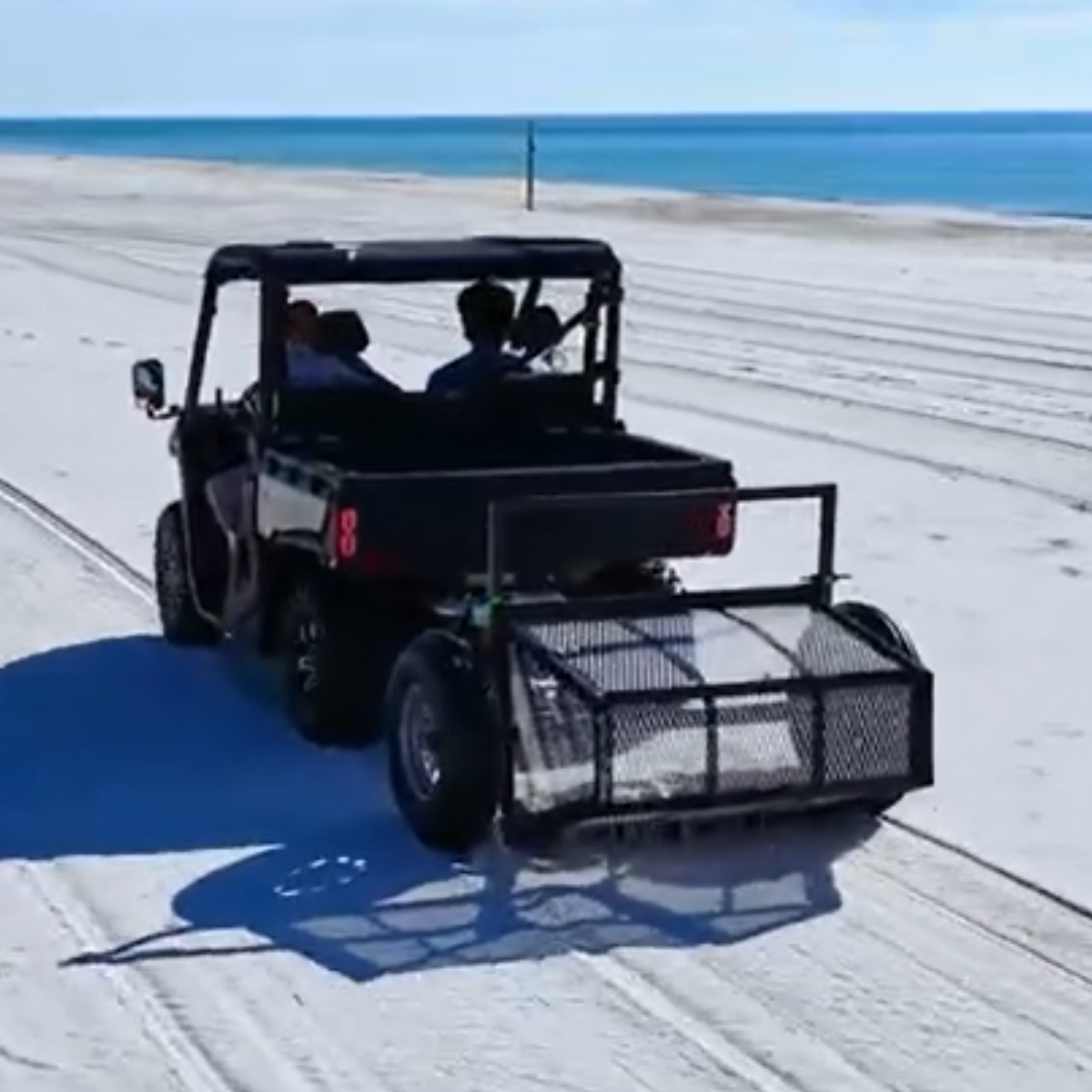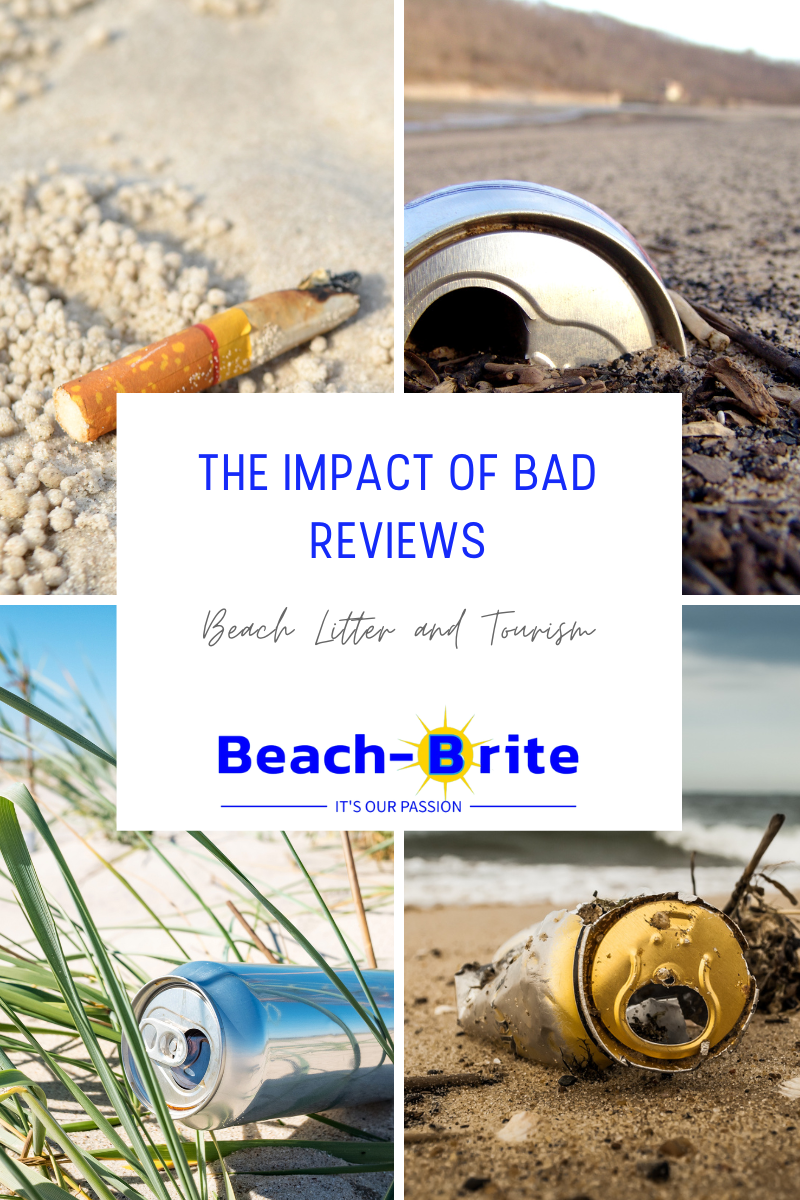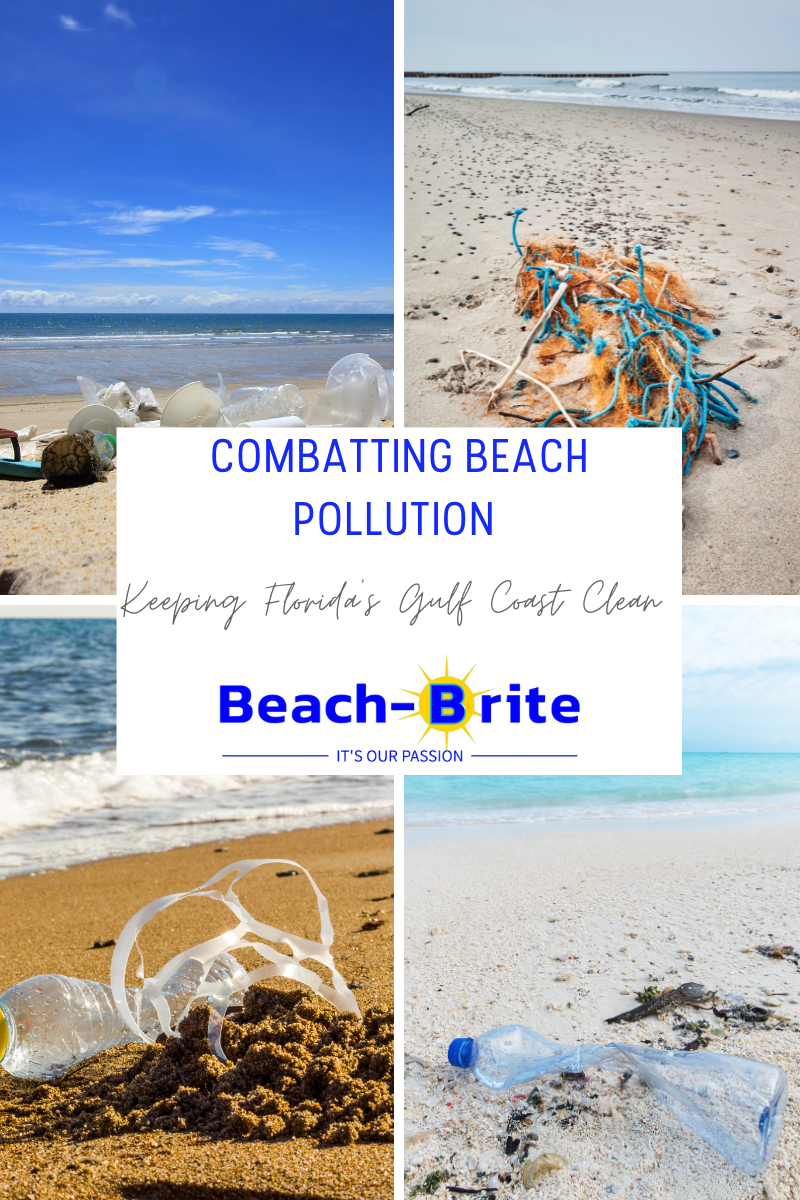
The Last Straw
Environmental Dangers of Single-Use Straws
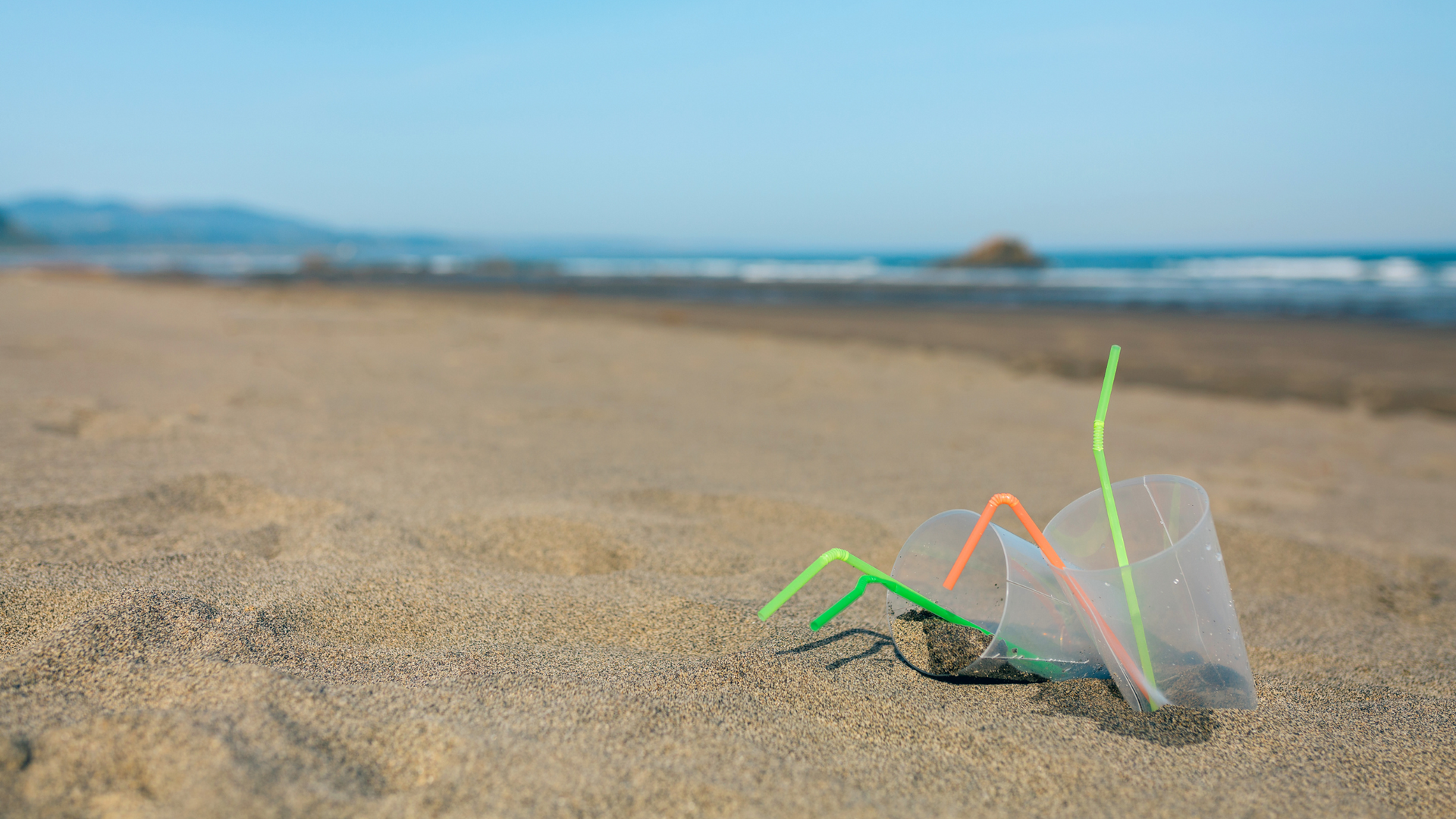
Picture your favorite cold beverage on a sunny day, a refreshing sip through a slender plastic straw. It's a common sight, but what may seem like a harmless convenience carries a hefty environmental price tag. Single-use straws are culprits in a growing environmental crisis, contributing to plastic pollution that threatens ecosystems, wildlife, and human health. In this article, we'll dive into the environmental dangers posed by single-use straws and explore why it's high time to rethink our straw habits.

The Plastic Predicament
Overwhelming Plastic Waste
Single-use plastic straws are made from petroleum-based plastic, a material notorious for its long-lasting durability. Sadly, this durability is a curse when it comes to disposable items like straws. In the United States alone, it's estimated that over 500 million straws are used every day. Many of these straws find their way into the environment, leading to mountains of plastic waste.
Marine Menace
Straws, like other plastics, often end up in our oceans. Once in the water, they can pose lethal dangers to marine life. Sea creatures such as sea turtles, birds, and fish can ingest straws, leading to injury or death. The plastics also break down into microplastics, further contaminating the marine ecosystem and entering the food chain.
Check out what happened to this sea turtle when it came into contact with just one carelessly tossed plastic straw in the video below.
This sea turtle is a Kemp's Ridley sea turtle, a species that relies on our Florida Panhandle beaches. It's also the most endangered sea turtle species in the world.
Landfill Overflow
Not all single-use straws make it to the sea. Many end up in landfills, where they take hundreds of years to decompose, leaching harmful chemicals into the soil and water. This accumulation of plastic waste exacerbates landfill capacity issues and contributes to environmental degradation.
The Hidden Costs
Resource Depletion
Producing single-use straws consumes valuable resources, including fossil fuels, water, and energy. The extraction and processing of these resources contribute to greenhouse gas emissions and environmental degradation.
Economic Impact
Cleaning up plastic waste, including straws, is costly. Municipalities, businesses, and taxpayers bear the burden of these expenses, diverting resources from more critical needs.
And when plastic straw pollution and other beach litter aren't taken care of it can negatively impact tourism in the area. Tourists are looking for clean beaches. Travelocity reported that 63% of coastal vacationers search for clean beaches when planning their vacations.
According to the Pensacola News Journal, there were 2.5 million visitors to Pensacola from October 2021 to September 2022. Visitors spent more than $1.3 billion and generated $21.8 million for Escambia County's Tourism Development Tax.
Tourism has a huge impact on communities like Perdido Key, Pensacola, Gulf Breeze, Pensacola Beach and many other Florida Panhandle municipalities.
Visitor's flock to Florida's Gulf Coast and they are looking for beautiful, litter free beaches for their vacations.
